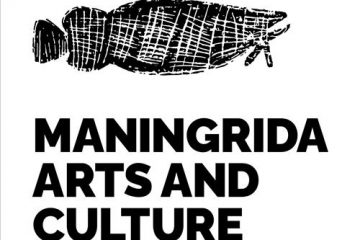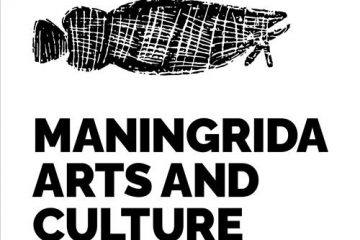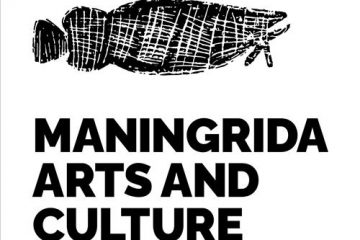111981849376
Dilebang
This work by John Mawurndjul concerns a major patrimoiety ceremony of a secret and sacred nature called ‘Mardayin’. Much of the meaning of the iconography in the painting is not in the domain of public knowledge and so it cannot be explained in detail here.
The painting also refers to a site, Dilebang, which is an important ceremonial place for Kuninjku people. This place is also related to Buluwana and her family. In the ancestral time of creation was a great drought. During this time Buluwana and her family camped at Ngandarrayo on Kurulk clan land. They were weak from thirst and close to death. The malevolent gigantic form of the Deaf Adder snake confronted the group. Buluwana attempted to run away with the rest of her family but was crushed and turned to stone. Today, at Dilebang, an arrangement of rocks standing in the ground remains as Buluwana’s present day form. Only her head protrudes as a prismic standing stone, the rest of her body is under the ground. Other human remains lying on rock ledges are said to be the remains of other early ancestors





